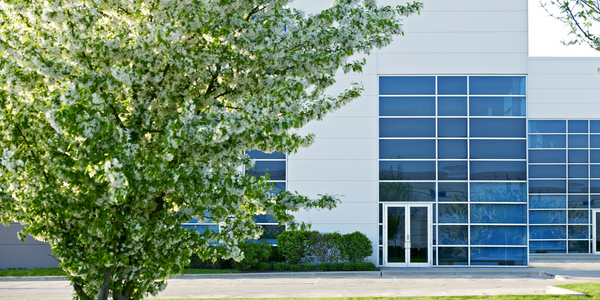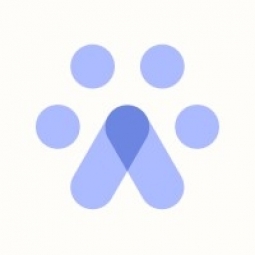技术
- 平台即服务 (PaaS) - 应用开发平台
适用行业
- 水泥
适用功能
- 采购
- 销售与市场营销
用例
- 时间敏感网络
服务
- 培训
关于客户
Socotra 是一家快速发展的初创公司,为保险公司提供敏捷解决方案。该公司不断扩张,始终有 15 到 20 多个职位空缺。人才招聘主管 Dubi Ben-Shoham 领导的团队难以满足公司增长的需求。他们手动寻找候选人,与招聘经理一起制定职位列表,并进行面试。该团队还缺乏一致的外展方法,需要时间进行创新和流程改进。自 2019 年加入 Socotra 以来,Dubi 已增加了四名团队成员,并致力于指导和改进团队内部的流程。
挑战
索科特拉岛是一家快速发展的初创企业,在招聘过程中面临着重大挑战。人才招聘主管 Dubi Ben-Shoham 发现,由于公司的持续增长,对他的团队的要求变得不可持续。由于始终有 15 到 20 多个职位空缺,该团队很难手动寻找候选人、与招聘经理一起处理职位列表以及进行面试。他们缺乏一致的外展方法,如果候选人没有对最初的接触点做出回应,他们往往无法跟进。此外,作为一个为保险公司提供敏捷解决方案的平台,索科特拉岛需要时间进行创新。自 2019 年加入索科特拉岛以来,Dubi 增加了四名团队成员,他还需要时间来指导和改进团队内部的流程。
解决方案
Dubi 一直热衷于了解新的招聘平台并与团队建立牢固的关系,他在 Fetcher 中找到了解决方案。在演示过程中,挑选候选人的能力让他印象深刻。他还与 Fetcher 团队建立了牢固的联系,这促使他们决定在 2021 年 4 月实施 Fetcher。从那时起,Socotra 的人才招聘团队就使用 Fetcher 来寻找难以填补的工程、销售和营销职位。Fetcher 先进的采购能力还使他们能够在人才库中建立多样性,而无需投资单独的 DE&I 资源。Fetcher 使 Socotra 能够保持招聘预算精简,因为他们不再需要聘请采购人员或依赖合同招聘人员。他们还计划停止使用 LinkedIn Recruiter 席位,因为 Fetcher 从 LinkedIn 中提取候选人信息并提供了一种发送外展序列的有效方法。
运营影响
数量效益

Case Study missing?
Start adding your own!
Register with your work email and create a new case study profile for your business.
相关案例.

Case Study
System 800xA at Indian Cement Plants
Chettinad Cement recognized that further efficiencies could be achieved in its cement manufacturing process. It looked to investing in comprehensive operational and control technologies to manage and derive productivity and energy efficiency gains from the assets on Line 2, their second plant in India.

Case Study
Digital Transformation of Atlanta Grout & Tile: An IoT Case Study
Atlanta Grout & Tile, a Tile, Stone & Grout restoration company based in Woodstock, Georgia, was facing challenges with its traditional business model. Despite steady growth over the years, the company was falling behind the web revolution and missing out on the opportunity to tap into a new consumer base. They were using independent software from different vendors for each of their department information and workforce management. This resulted in a lot of manual work on excel and the need to export/import data between different systems. This not only increased overhead costs but also slowed down their response to clients. The company also had to prepare numerous reports manually and lacked access to customer trends for effective business decision-making.

Case Study
Revolutionizing Construction Equipment Rental: A Case Study on ProsRent and ENO8
ProsRent, a startup that won the 'Best Financial Opportunity' and 'Best Pitch' at CodeLaunch 2016, aimed to revolutionize the way construction professionals source and rent heavy equipment. In the construction industry, project managers and contractors typically rent heavy equipment from supply companies. However, predicting inventory can be challenging, and finding the required equipment at the right time and place can be a hassle. If the preferred vendor doesn't have the required equipment, it results in wasted time and money in searching for it, often leading to higher costs due to non-preferred rates and increased delivery costs if the vendor is located far from the job site. Suppliers, on the other hand, desired access to a wider base of trusted renters that they didn't have to vet themselves and wanted to offer dynamic rental pricing based on demand and availability in their market. ProsRent's challenge was to produce a minimum viable product that was fast and first to market but also strong enough to engender loyalty and repeat business from the target market.

Case Study
AI-based Automation for Commercial Office HVAC: A Verdigris Case Study
Modern buildings are required to run longer hours, support a variety of end uses, and contribute to higher levels of economic productivity, leaving a thin margin for error. However, even the most advanced building and environmental control systems have failed to adequately support facilities and operations management. Buildings are often inefficient and the people using them are underserved. To meet occupant comfort and maintain cost and energy efficiency, a dynamic, AI-assisted approach is needed.

Case Study
Revamping EE's Legacy ERP: A Case Study on BT's Strategic Transformation
EE, even after its merger with BT, was operating its ERP estate on legacy infrastructure, hosted on the premises of a third-party supplier. This outdated system resulted in a volume-based operational model, higher time to market, longer delivery cycles, and unsatisfactory customer experience. BT recognized the need for a strategic transformation of these aging ERP systems and sought a partner who could proactively manage application services. The partner was also expected to handle development requirements associated with application management services, drive accountability, and ownership with a time and target-driven transformation of these services. BT's primary goals were to improve customer experience, reduce cycle time, and measure these improvements with precision.








